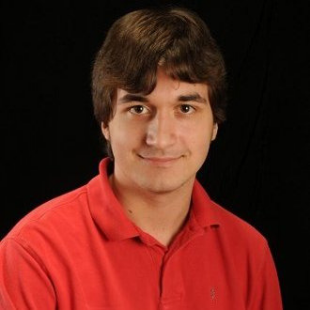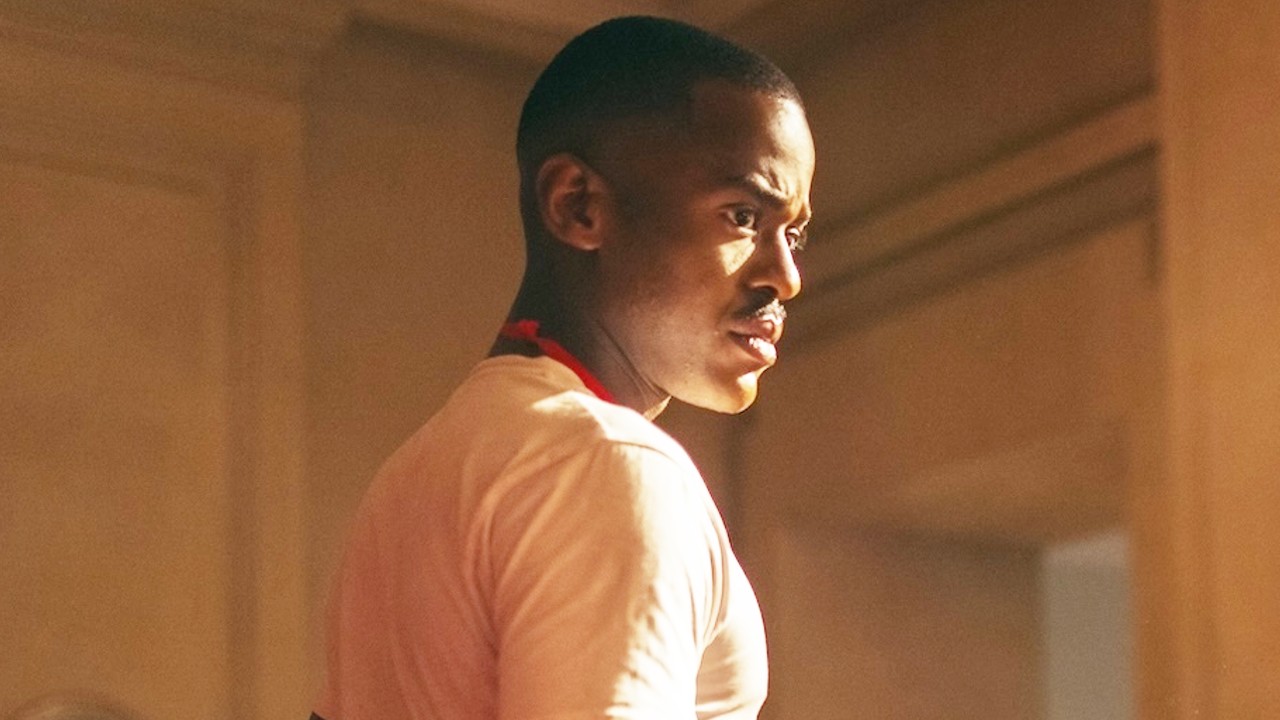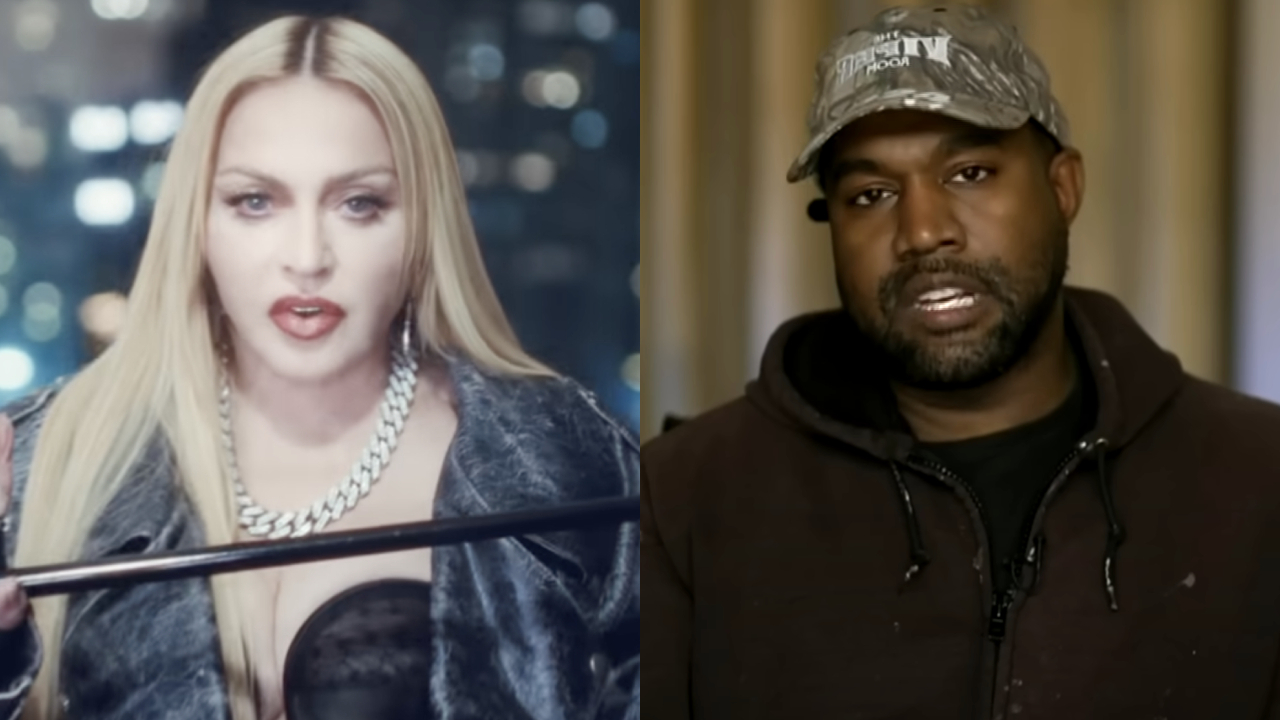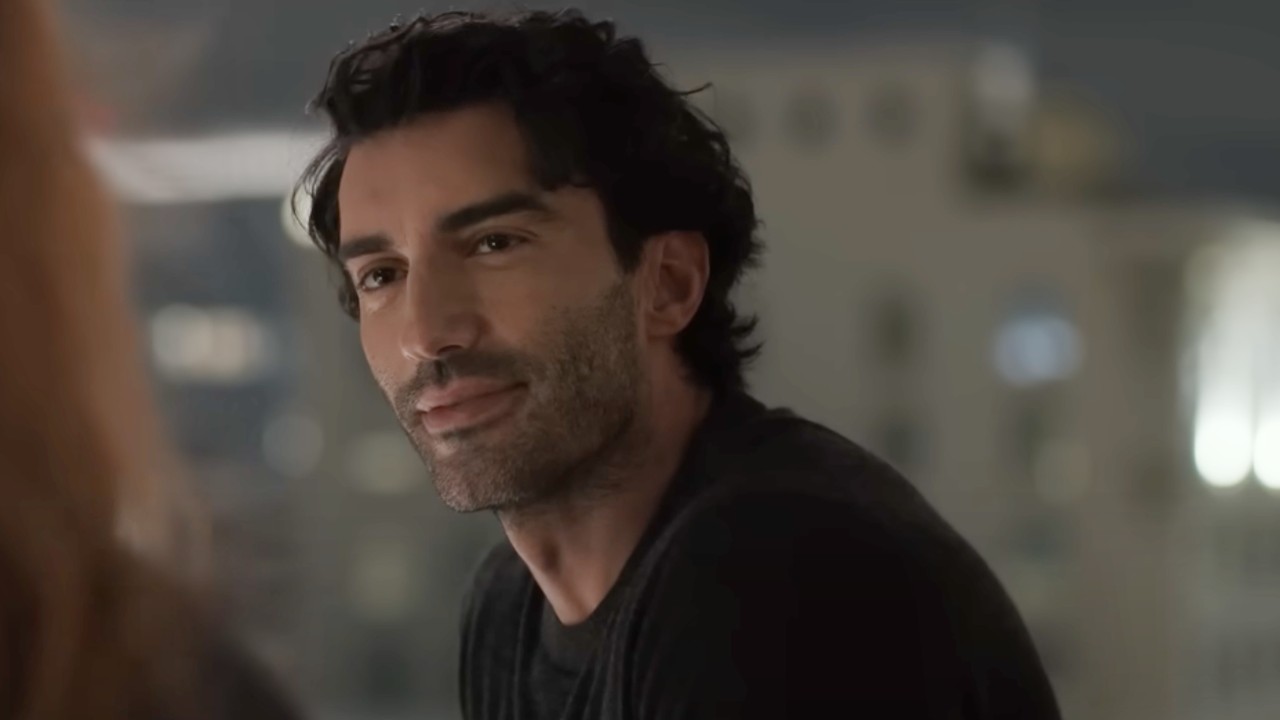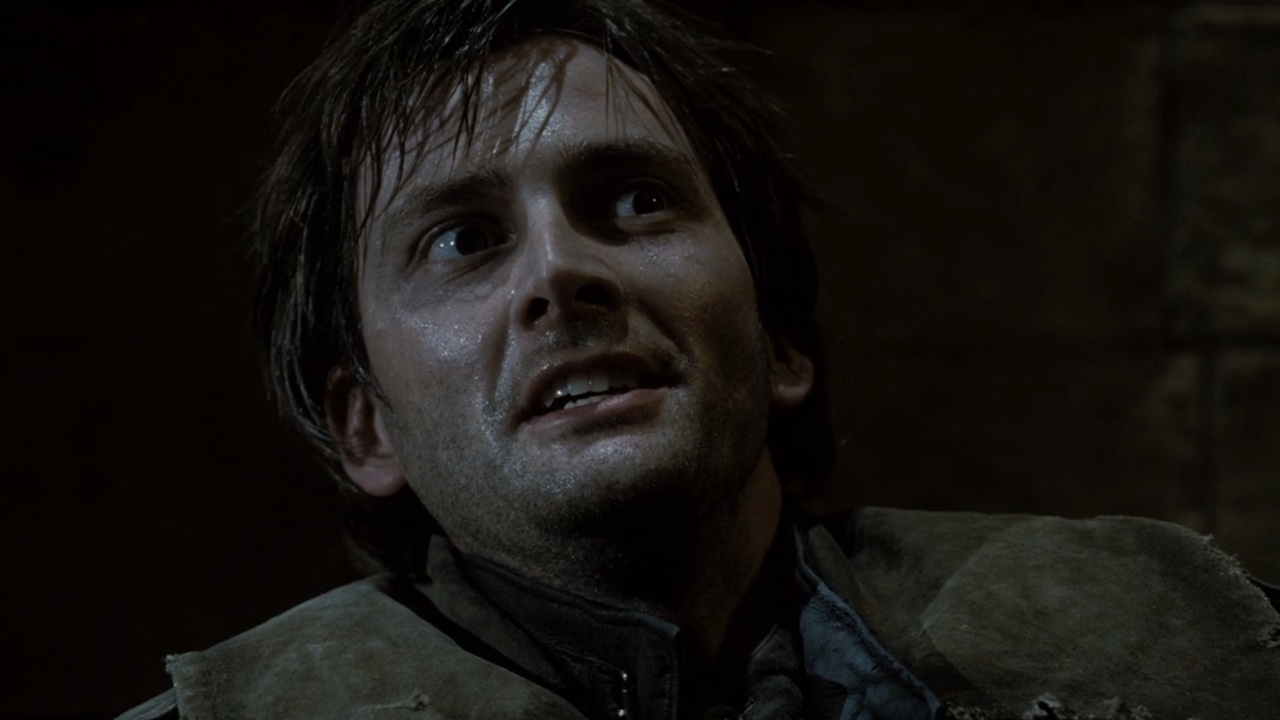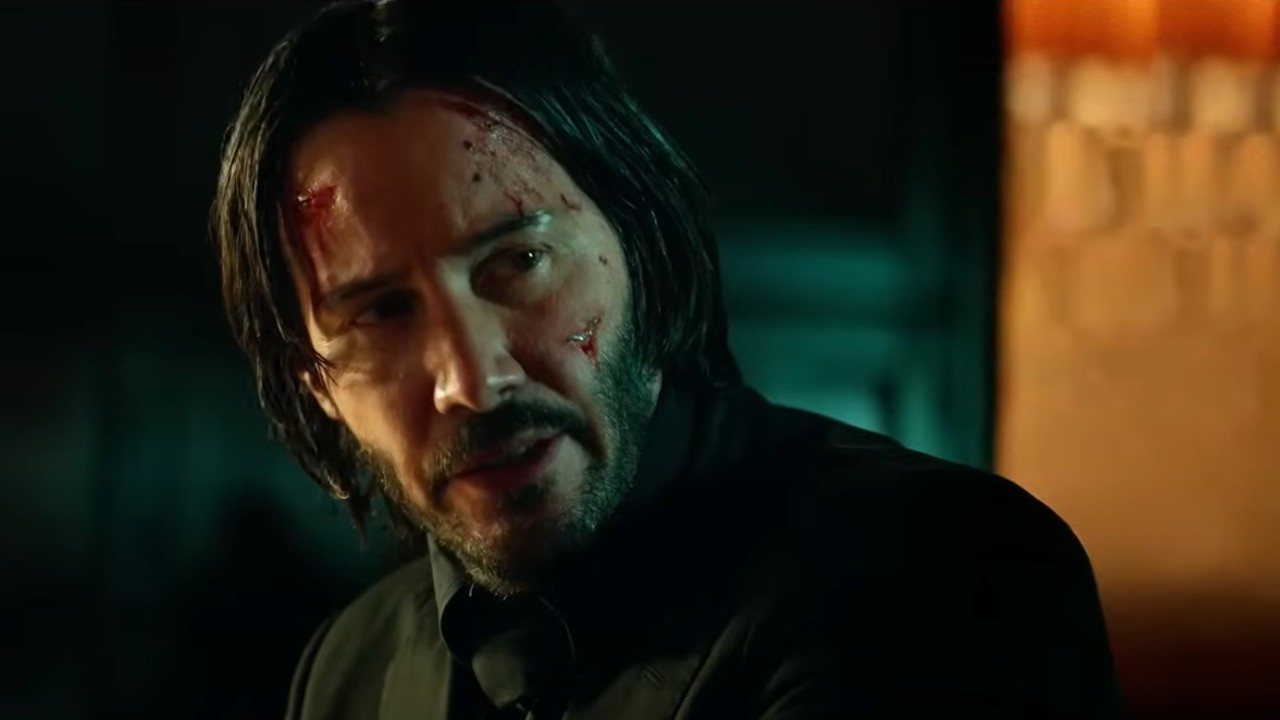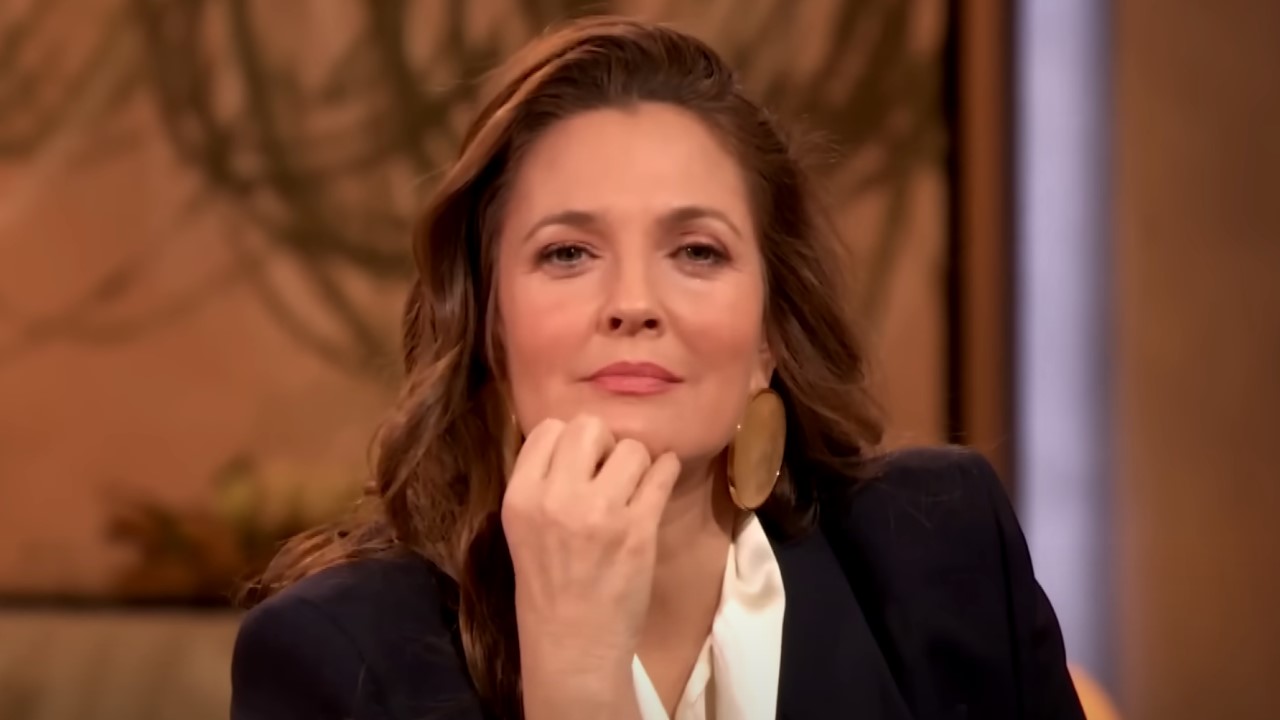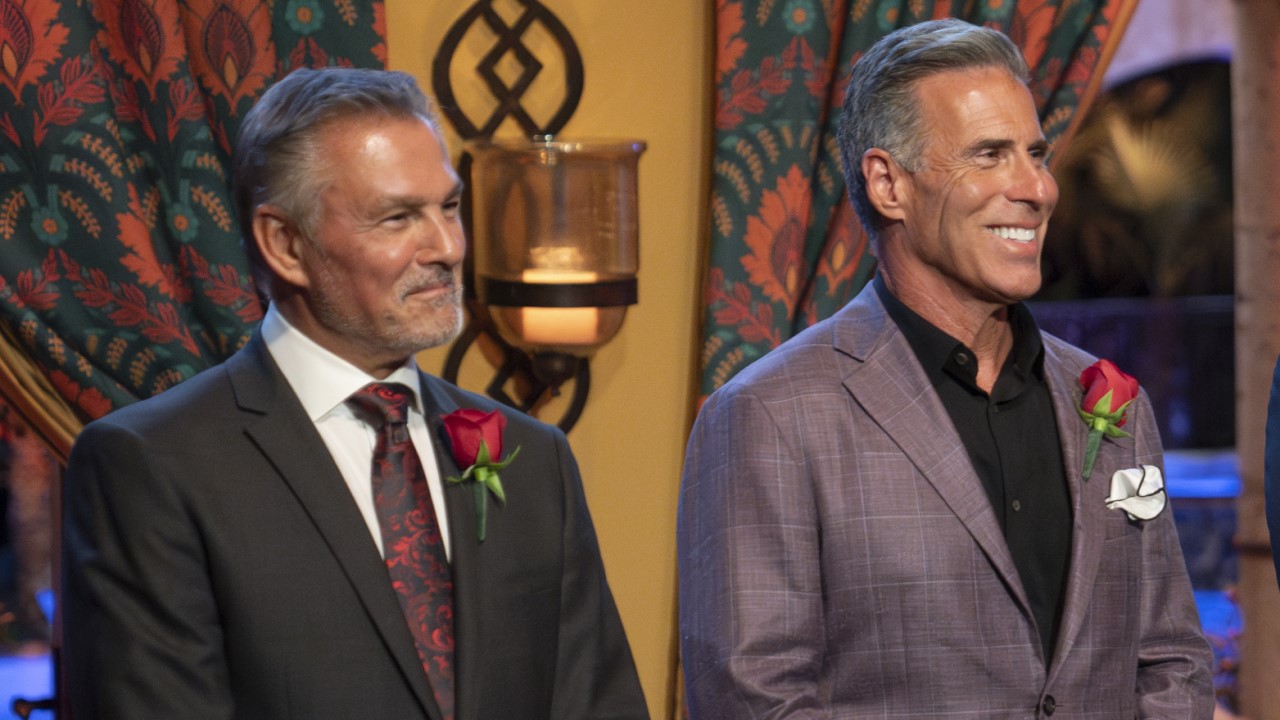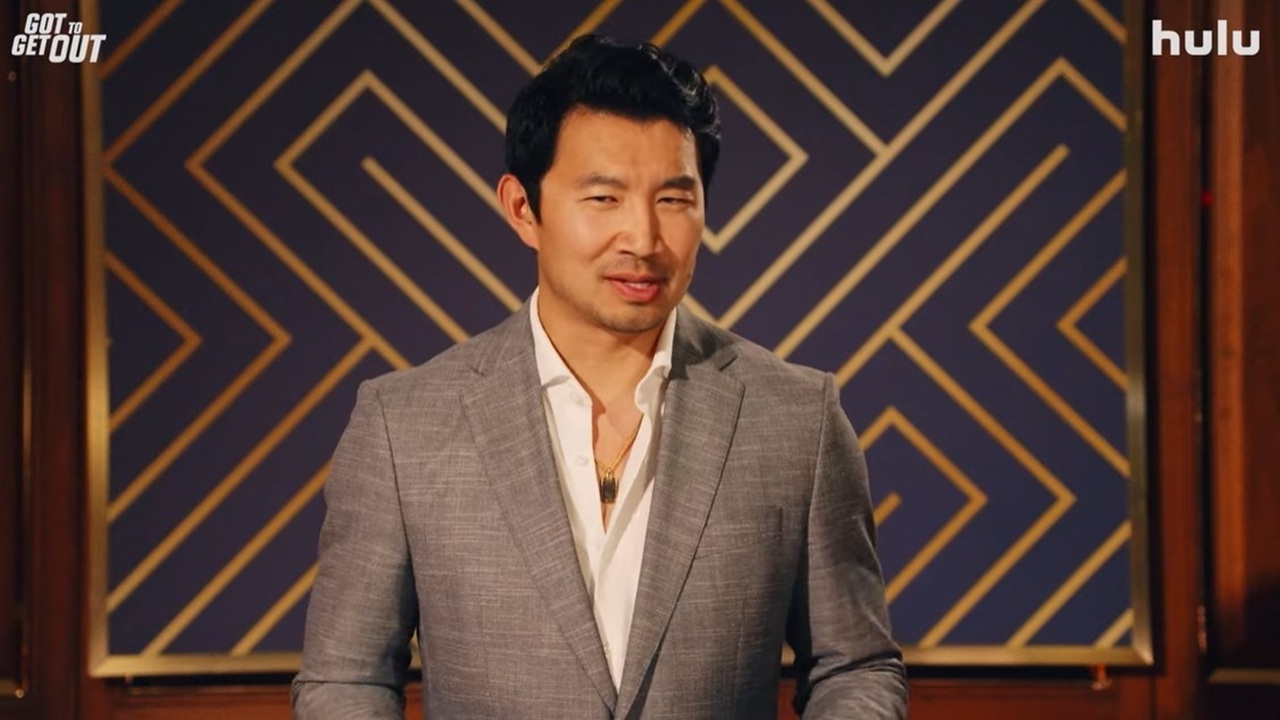Willow: 9 Behind-The-Scenes Facts You Might Not Know About The Val Kilmer Movie
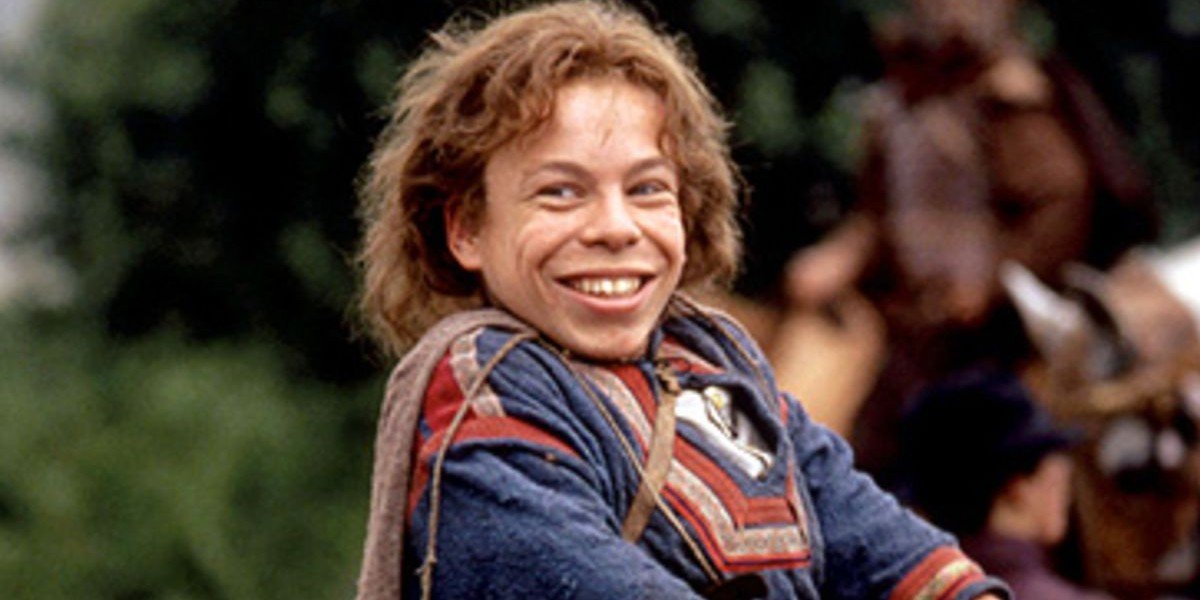
Though George Lucas is best known for his pivotal roles in the making of Star Wars, Indiana Jones, and Labyrinth, some movie fans might be quick to forget 1988's Willow.
Directed by Ron Howard and starring Warwick Davis in the title role, this fantasy adventure blockbuster received mixed reviews and a middling box office, but it has grown a loyal fanbase over time, to the point where a sequel might not be impossible later down the road. Also starring Val Kilmer, Joanne Whalley and Jean Marsh, this Oscar-nominated Lucasfilm endeavor isn't the movie that's most commonly associated with Lucas, but it holds a special place in some viewers' hearts. If you love Willow and you would like to know more about how this movie came to be, here are some fun and/or interesting facts worth knowing.
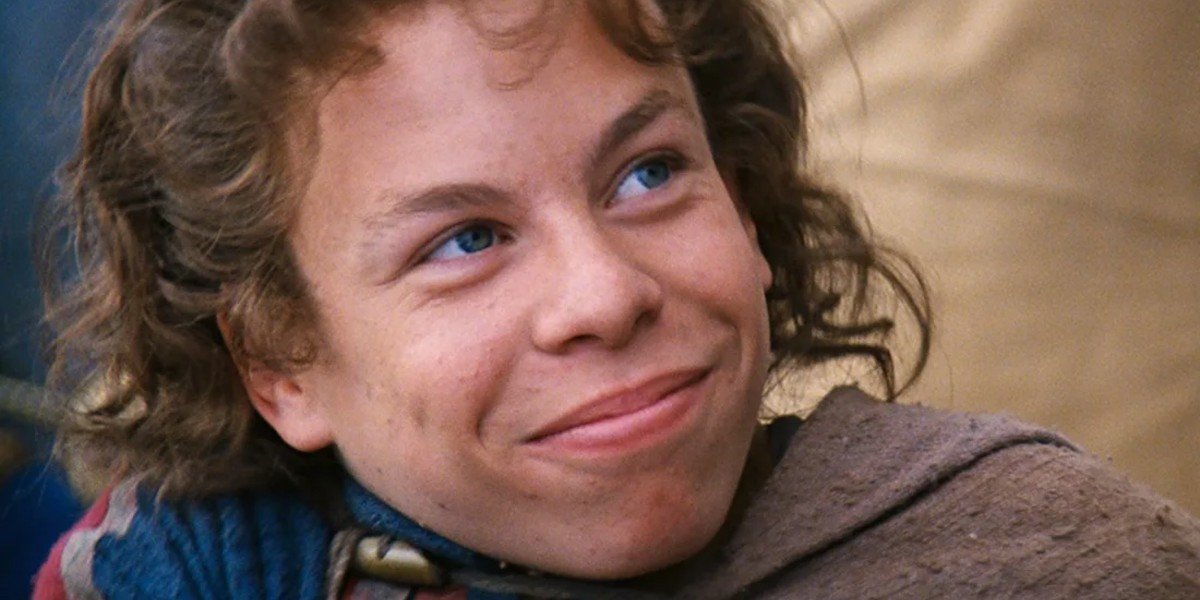
It Was Written With Warwick Davis In Mind
Some roles are picked for actors while others are written for them specifically. When it comes to Willow, George Lucas wrote the movie with the intent of it being a staring vehicle for his standout Ewok actor. While Davis wasn't someone who dreamed of being an actor, by his admission, he found success when he answered a casting call for Return of the Jedi. Lucas made a point to tell Davis' mother that he'd develop an idea for the performer later down the road.
While Lucas was already envisioning the project prior to his time on this Star Wars trilogy conclusion, it was through his work with Davis in Jedi that the writer/producer contextualized and finalized his vision. Though Lucas was excited about the project, he wanted to wait for his technology to be ready. It'd be Davis' first mask-less on-screen role.
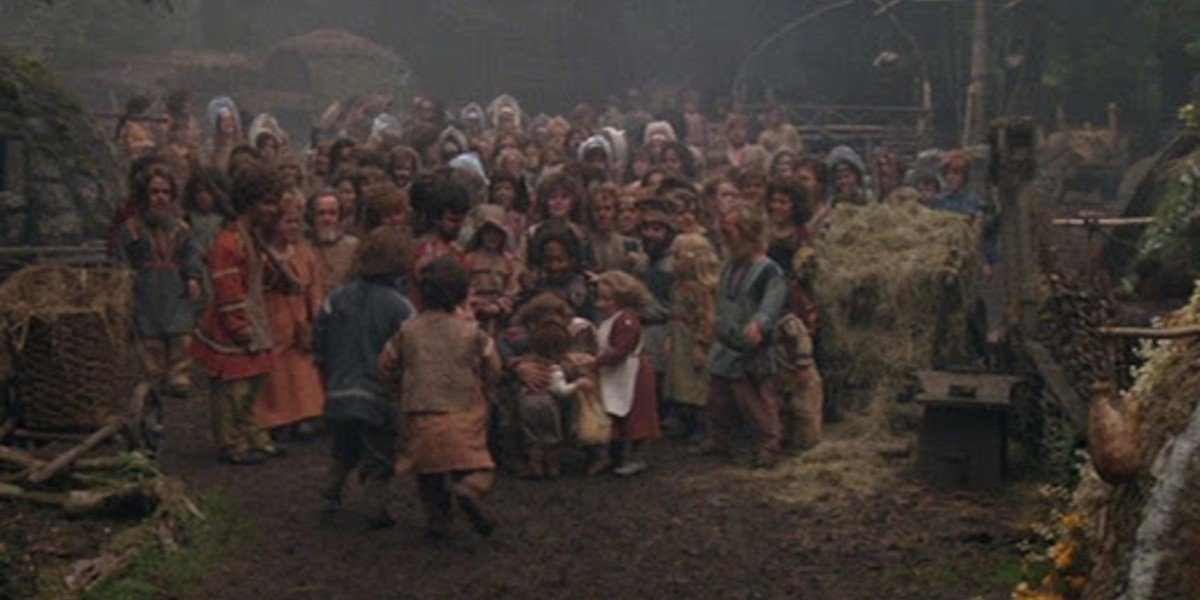
Willow Had The Largest Casting Call For Little People In Movie History
It took five years after George Lucas mentioned this idea to Warwick Davis before it was lifted off the ground, though the project went through a few changes in the process. Originally, Lucas called the movie Munchkins, based on The Wizard of Oz characters. The Victor Fleming film certainly played a major influence on the film, though the title was changed to the lead character's name somewhere down the process. But when it came time to cast the movie, it became the largest casting call for little people in movie history, by Warwick Davis' admission, as 225 to 240 actors were hired for this film. This number ultimately surpassed the casting calls for both Return of the Jedi and the aforementioned Wizard of Oz. There were over a 100 actors hired to play Munchkins in the 1939 film.
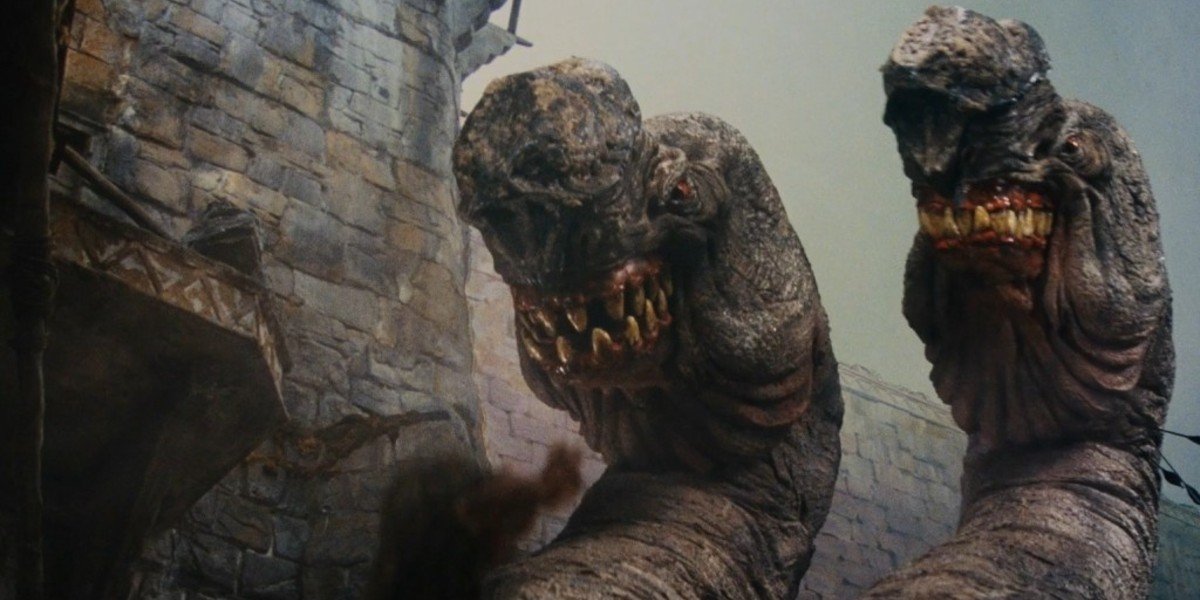
Eborsisk Is Named After Siskel & Ebert, And General Kael Is Based On Pauline Kael
Everyone handles criticism differently. You can take it to heart and find ways to improve your art. You can ignore it entirely and do your thing — for better or worse. Or you can incorporate critics into your art and make your message pretty apparent. For George Lucas, it's clear where he stands on the matter. The executive producer/writer vented out his frustrations by naming his fire-breathing two-headed monster Eborsisk, in what's clearly a dig at Roger Ebert and Gene Siskel, i.e. Siskel & Ebert. It's hard to imagine this decision played any favors with the critics-in-question (Ebert gave the film a middling 2.5 out of four stars), though that wasn't the movie's only dig. General Kael is modeled after Pauline Kael, which the famous New Yorker critic noticed and noted in her own review.
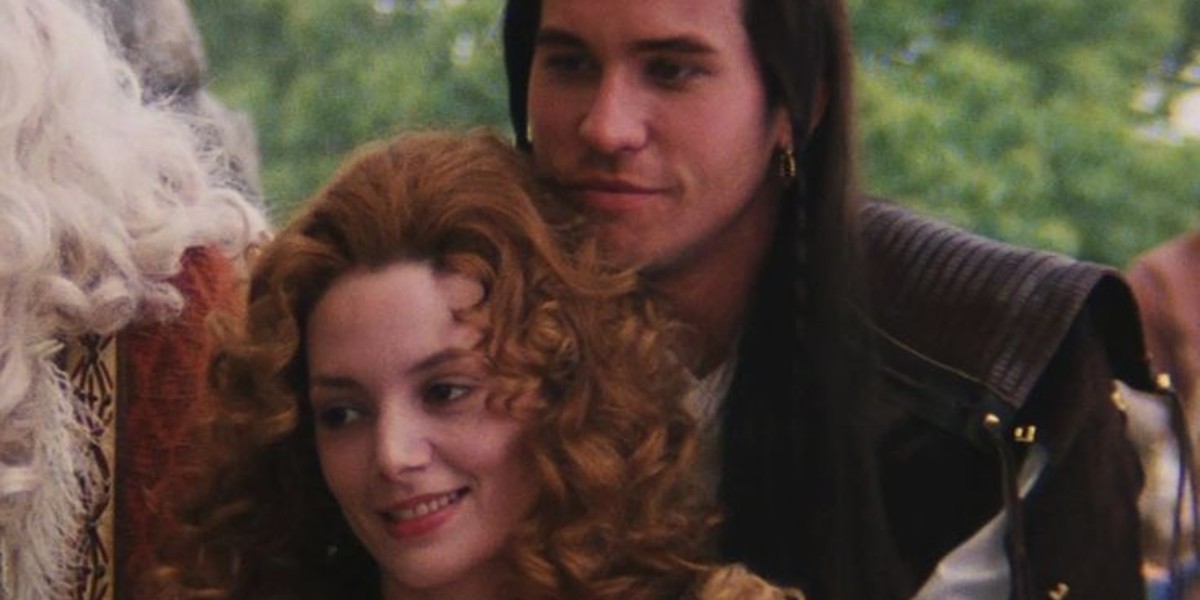
Val Kilmer And Joanne Whalley Got Married After Meeting On Set
It's not uncommon for sparks to fly on set. When you're working with a certain group of people for several months at a time, and sometimes in a very intimate fashion, you'll find yourself catching feelings for your co-star, and it can turn serious over time. Val Kilmer and Joanne Whalley met on the set of Willow, and they found a connection. Their romantic relationship became serious enough that they were married shortly thereafter in 1988, i.e. when Willow came to theaters. The couple shares two children together, Mercedes and Jack, and they stayed an item for close to a decade, but it wasn't meant to last, unfortunately. They separated in early 1996. While the couple didn't sustain their relationship together, it might be worth noting that neither Kilmer nor Whalley remarried in the years to follow.
CINEMABLEND NEWSLETTER
Your Daily Blend of Entertainment News
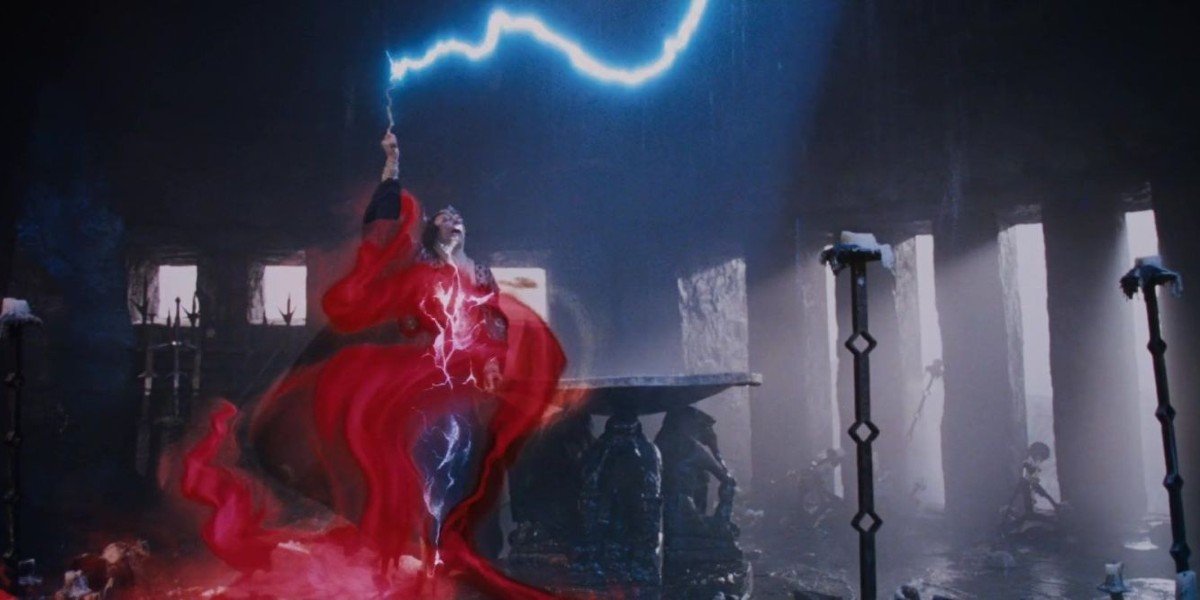
The Spells Were Rendered By Hand By The Artists
In the late '80s, it was still the early days of computer graphic animation — as we'll discuss in more detail in just a bit. It was an age where practical effects and digital CG were merging together, though the VFX team behind Willow still needed to draw a few things out manually. Specifically, when it came to the electric spells, the special effects department had to create each of these blue bits of lightning individually.
To achieve the look they were hoping for, some things needed to be done the hard way to achieve their vision. Sure enough, while it was obviously intensive and painstaking labor for all the talented visual artists, it helped the movie find its vision. And there are folks who'd likely argue that this hand-drawn style is better than what some computer graphics would've created anyway.
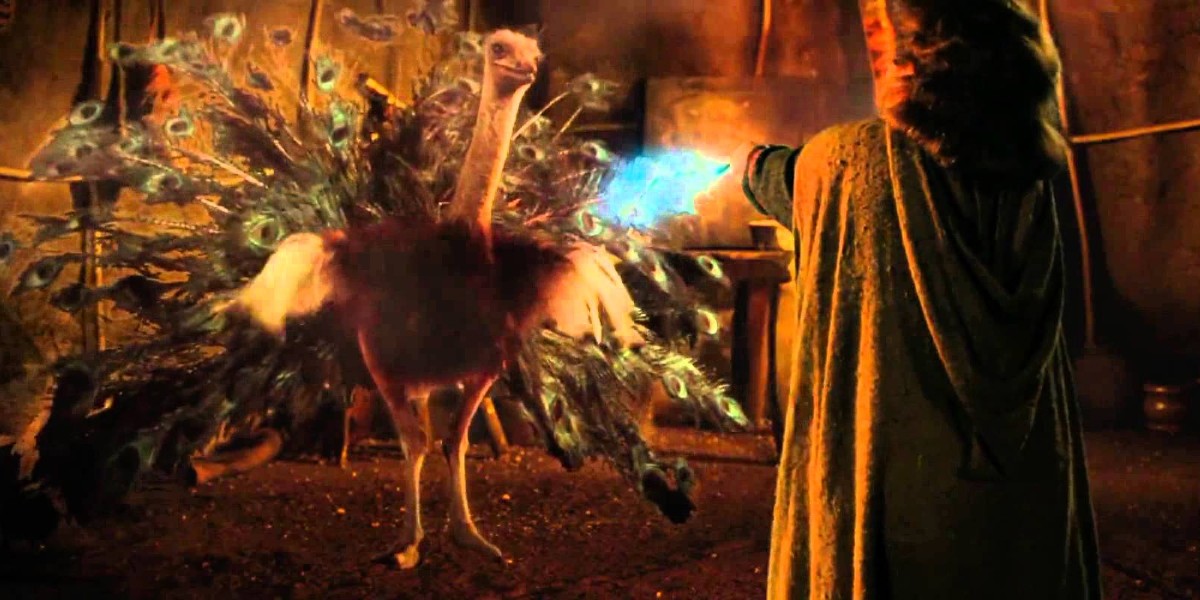
Willow Was The First Time Visual Effect Artists Used Morphing In A Major Movie
Willow wasn't a huge hit when it came to theaters, but it has found its audience over time. It has also elevated special effects as we see them today. Through its early CG, Lucasfilm's visual effects department used the fantasy film to advance what would later be called morphing, which is the art of changing one image into another through a seamless (or, at least, near seamless) transition.
The sequences where a person changes into an animal on-screen were revolutionary in their technical mechanics. While the visual effects aren't perfect in their presentation in this film, they were definitely groundbreaking in their technological approach. The effects used would ultimately pave the way for similar effects seen in films like Indiana Jones and the Last Crusade, Terminator 2: Judgment Day, and more. There's a whole feature detailing this special effects process.
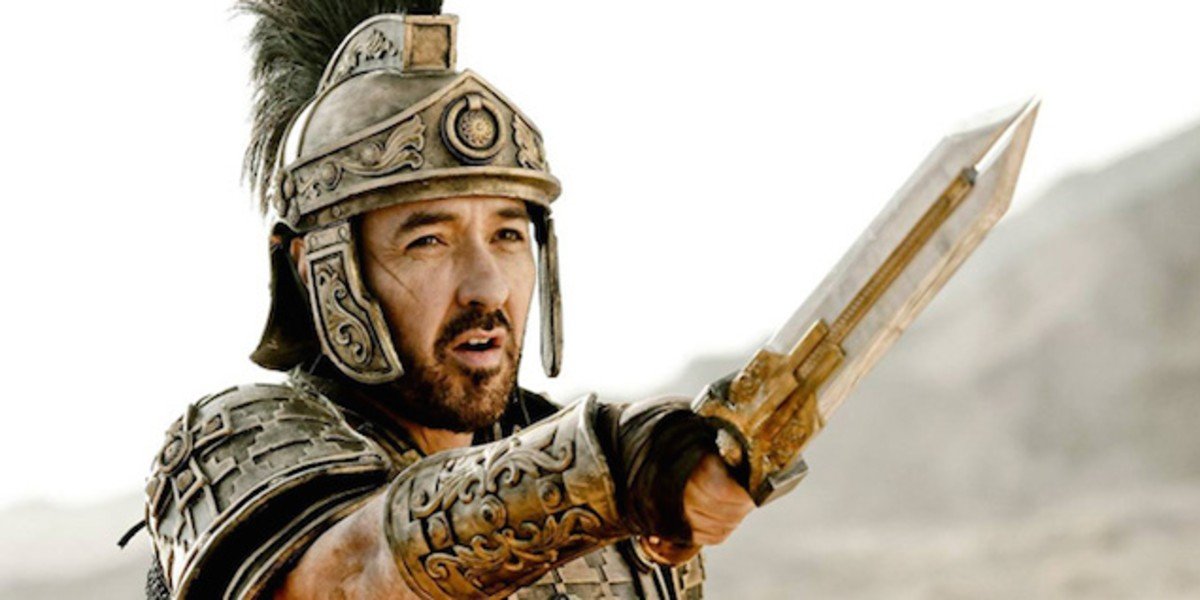
John Cusack Auditioned To Play Madmartigan, According To Warwick Davis
There are countless "what ifs" in Hollywood. Many talented (and sometimes untalented) actors for every individual part, and it's hard not to wonder what some roles would've been like if another actor took on the part. When it comes to Madmartigan, Val Kilmer was cast in Willow, though there were some noteworthy names who were also considered, including Matt Frewer (i.e. Max Headroom) and John Cusack.
According to Warwick Davis, Cusack was particularly close to getting the role. He had a screen test and he was reportedly vying the role quite intently. Alas, it didn't work out in his favor. He has quite a few high profile roles in his own resume, to be fair, but not this one. In any case, many Willow fans have probably wondered how Willow would've been different if Cusack nabbed the part instead.
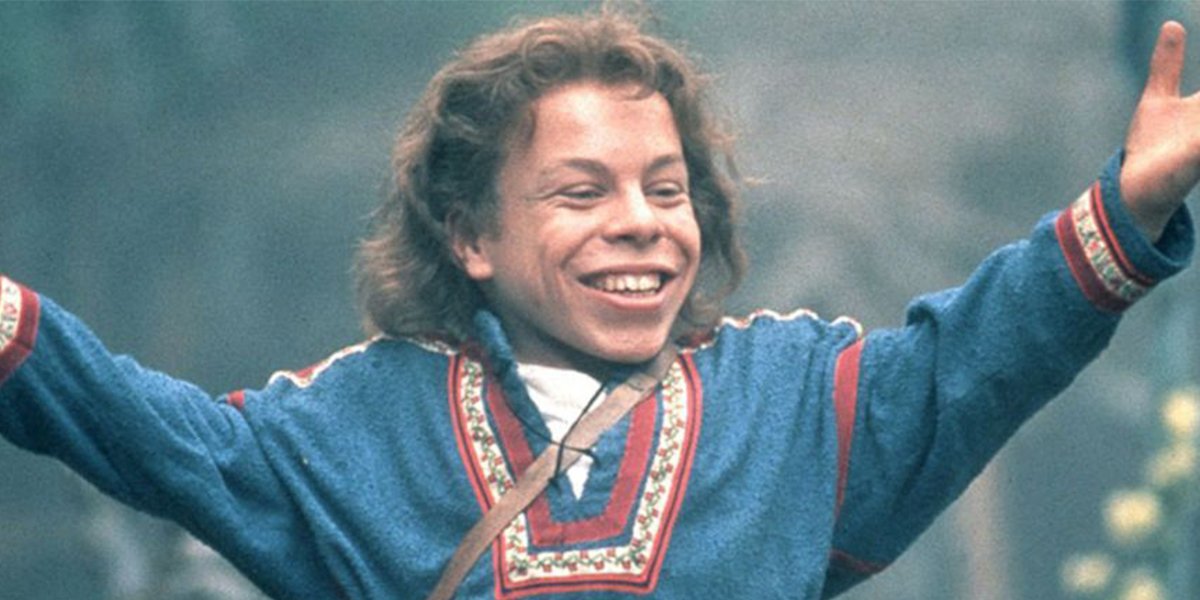
There's A Deleted Scene Explaining What Happened To The Third Missing Acorn
Over the years, particularly as Willow gains a greater fanbase, many viewers have pointed out how Willow is given three magical acorns towards the beginning of his journey, yet he only uses two by the film's conclusion. While it seems like a simple plot hole, there's a reason why this third acorn wasn't used, though the moment depicting it was ultimately cut.
In an interview with Gizmodo, Warwick Davis notes that there was originally an extensive scene where Willow is stuck in a big storm on his way back from the island of Fin Raziel. As the storm erupts, Willow tips over the side of the boat and he accidentally drops his acorn inside, causing the vessel to turn into a stone and sink. Since the scene was axed, there are some continuity errors with this sequence.
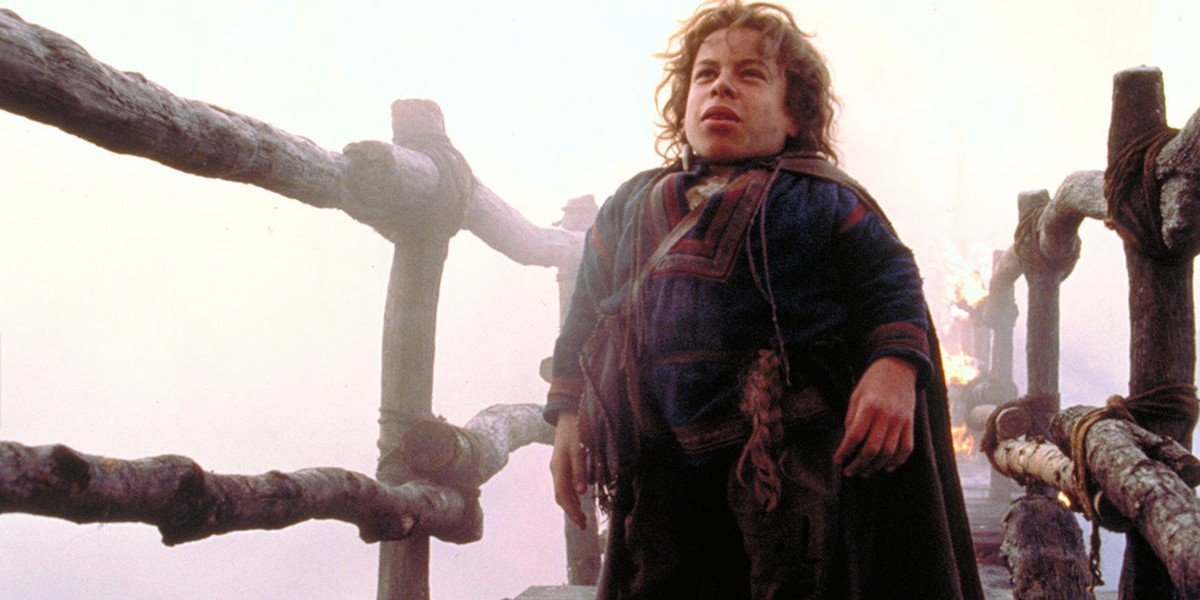
There Was Two-Week Shoot For A Big Storm Sequence That Wasn't Used In The Movie
Speaking of this deleted scene, in addition to causing some headaches for annoyed fans looking for the third acorn, this giant storm sequence's absence likely proved to be frustrating for a film crew that spent two whole weeks shaping the sequence into existence.
Even though it was a taxing scene for the production, the creatives involved with Willow decided that it was ultimately expendable since it was not only an expensive sequence to finish up in post-production but it was the scene that they believed could be removed while causing minimal damage to the overall narrative. While some fans may beg to differ, for reasons specified above, Warwick Davis noted that this scene was put together and included in the special features for the movie's Blu-Ray release from a few years ago. Here's what Davis told GamesRadar:
There is a deleted scene on there. The deleted storm sequence. It was pretty epic. We did two weeks of filming on that and it wasn’t used. Because A) it was something that would have been really expensive to finish in post production, and B) it really didn’t have any particular bearing on the story. You could lose that and it didn’t make any difference to the plot.
Do you love Willow? What are some other behind-the-scenes facts worth noting? Let us know in the comment section below!
Will is an entertainment writer based in Pittsburgh, PA. His writing can also be found in The Playlist, Cut Print Film, We Got This Covered, The Young Folks, Slate and other outlets. He also co-hosts the weekly film/TV podcast Cinemaholics with Jon Negroni and he likes to think he's a professional Garfield enthusiast.
